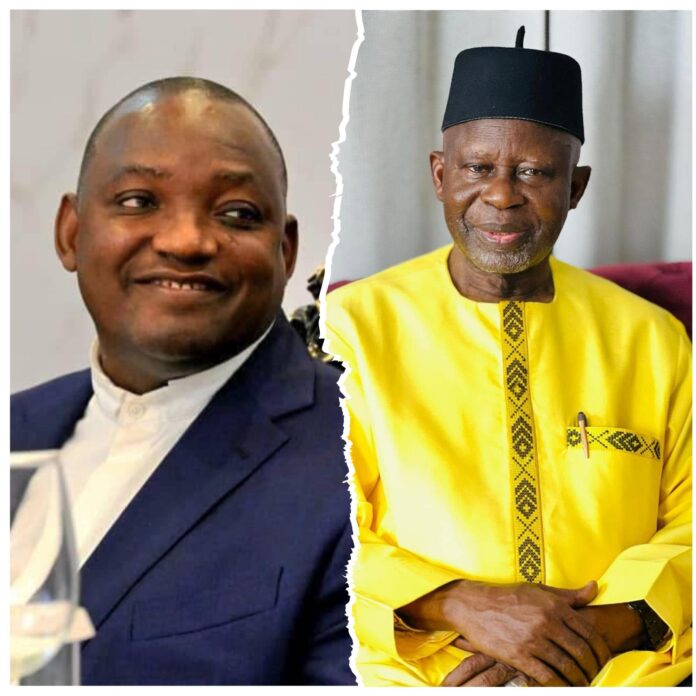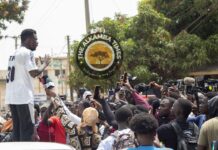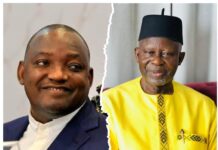The Massembeh by-elections have sent ripples through The Gambia’s political landscape, offering a glimpse into the shifting tides that may define the 2026 presidential elections. While by-elections are often dismissed as localized contests, the outcome in Massembeh—a constituency known for its diverse electorate and historical significance—carries weighty implications for the opposition as it seeks to challenge President Adama Barrow’s National People’s Party (NPP). As the dust settles, one question looms large: can the opposition translate this moment into a broader strategy to reclaim power?
The Massembeh by-election, triggered by the untimely vacancy of its local government seat, pitted the NPP against a fragmented yet determined opposition field. Early reports suggest a fiercely competitive race, with the United Democratic Party (UDP), candidate Bakary Badjie, and NPP’s Lamin Jarju vying for relevance. Official results released by the electoral commission showed that the UDP candidate won. The turnout and tenor of the campaign underscore a growing restlessness among Gambians—particularly the youth—who are increasingly vocal about economic stagnation, governance failures, and environmental degradation under Barrow’s administration.
For the opposition, Massembeh is more than a single seat; it’s a barometer of their ability to mobilize and unite. Since Barrow’s decisive victory in 2021, the opposition has struggled to regain its footing. Once the backbone of the 2016 coalition that ousted Yahya Jammeh, the UDP has faced internal rifts and external criticism for failing to adapt to a post-Jammeh electorate. The by-election offered a rare opportunity to test their appeal against the NPP’s well-oiled machinery.
The opposition’s win in Massembeh signals a potent resurgence—proof that Barrow’s grip on power is not unassailable. Even in defeat, a strong showing could embolden their base and attract undecided voters disillusioned with the status quo. Youths taking the lead in politics in Gambia recently highlighted a burgeoning youth movement inspired by Senegal’s recent political upheaval, where young leaders like Bassirou Diomaye Faye upended the old guard.
Yet, the road to 2026 remains fraught with challenges. The opposition’s perennial Achilles’ heel—disunity—continues to haunt it. In Massembeh, multiple candidates likely split the anti-NPP vote, a pattern that has plagued past elections. The UDP’s dominance is both a strength and a liability; its historical clout draws loyalists, but its reluctance to cede ground to newer voices risks alienating a generation demanding fresh leadership. Meanwhile, Barrow’s NPP benefits from incumbency advantages: state resources, patronage networks, and a narrative of stability that resonates in rural strongholds.
The by-election also exposes the stakes of key issues that will define 2026. Economic hardship, exacerbated by a faltering tourism sector and a depreciating dalasi, remains a top concern. Governance reform—symbolized by the stalled 2020 Draft Constitution—looms as a rallying cry for those who see Barrow’s tenure as a betrayal of the 2016 democratic promise. The opposition’s ability to craft a cohesive platform around these themes will determine its viability.
Massembeh is not a definitive predictor, but it is a wake-up call. For the opposition to seize 2026, it must move beyond symbolic victories and build a united front that bridges old stalwarts and new visionaries. The NPP, for its part, cannot afford complacency; a close contest in Massembeh would reveal vulnerabilities that Barrow’s team must address.
As Gambia approaches its next electoral crossroads, the lessons of this by-election are clear: momentum matters, but strategy wins. The opposition has 21 months to prove it can turn discontent into power. The clock is ticking.






